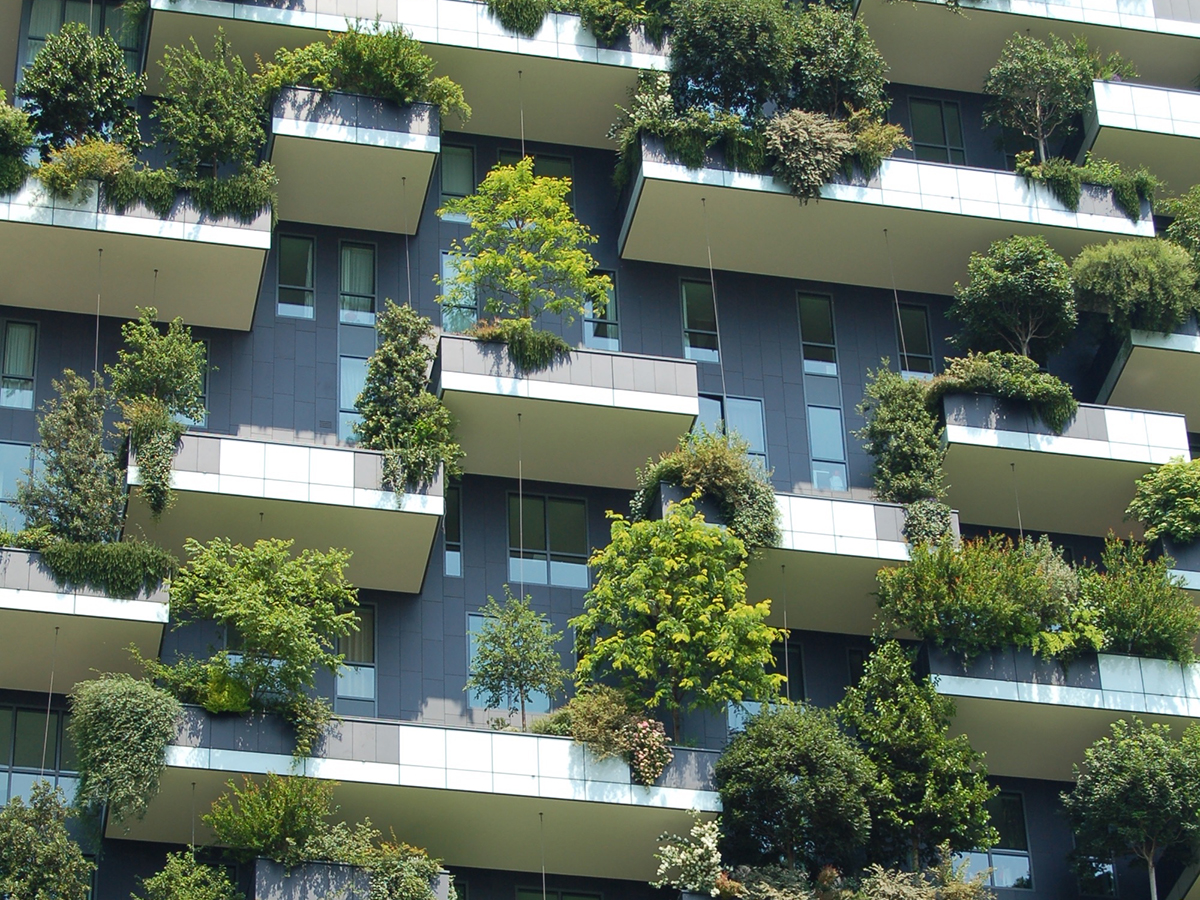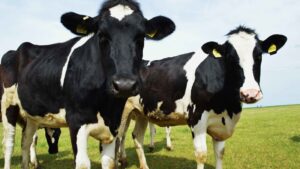Introduction to Green Building
What is Green Building?
Some people often mixed up green buildings with greenhouse; they are totally different things. Green Building is a building that, in its design, construction or operation, incorporates principles, techniques and materials that conserve natural resources and improve environmental quality throughout a building’s life cycle.
Components of Green Building
1. Energy Efficiency
- Green Building takes advantage of natural effects of heating and cooling by the sun. Energy-efficient roofing systems, also called cool roofs, can reduce roof temperature by as much as 100 F during the summer, and thereby reduce the building’s energy requirements for air conditioning.
- Use natural light whenever possible.
- High-R value glazing windows, especially those facing south are energy efficient.
- Use energy star appliances.
- LEDs are lighting technology that reduce energy consumption, allow lighting to be programmed by computer and permit wide variations in lighting color. LEDs use chips, not bulbs, so emit a lot less heat than incandescent or even fluorescent lamps.
2. Renewable Energy
- Solar thermal system is a simple way to heat water for pool heating, back-up water heating and floor heating. Solar energy can save the use of fossil fuels, thus, reducing carbon emission and money.
3. Locally Sourced Materials
- With concerns about the energy and environmental costs of moving building materials vast distances, and the impact of this on local economies, the green building movement adopted the concept of locally sourced materials, for materials coming from less than 500 miles.
4. Green Products
- Materials used in Green Building should be non-toxic, organic, local and recyclable. Products such as paints, adhesives and sealants, carpets, cleaning supplies and building materials should not contain Volatile Organic Compounds (VOCs).
- Forest Stewardship Council (FSC) certified wood products are made from lumber harvested in a sustainable manner. Using green products can reduce harmful odors and improve indoor environmental quality.
5. Water Efficiency
- Green building promotes the use of water-efficient products. Responding to the growing concern over excessive water use in buildings, many builders have begun to offereven low-flush toilets.
- Use native plants, mulch for landscaping
6. Waste Reduction
- Recycle structural steel
- Uncontaminated wood can be shred for mulch
- Excess paint can be remix and store for touch-up work
- Drywall can be de-paper and crush gypsum to use as soil amendment
Green Building Certification
LEED (Leadership in Energy and Environmental Design) is the leading green building rating system in the US for commercial, institutional, and mid-rise to high-rise residential buildings. It is developed, trademarked and owned by the US Green Building Council. It is a rating system that expresses how efficiently a building is designed and operated. In order to rate and rank a site, each structure is given a certain number of points based on its environmental impact. In every measured category, each structure is credited with points and compared to other buildings that act as reference points for the constructions. The rating system consists of platinum, gold, silver and certified levels. LEED certification is globally recognized as a sustainability achievement and leadership.
References:
https://www.usgbc.org/help/what-leed


